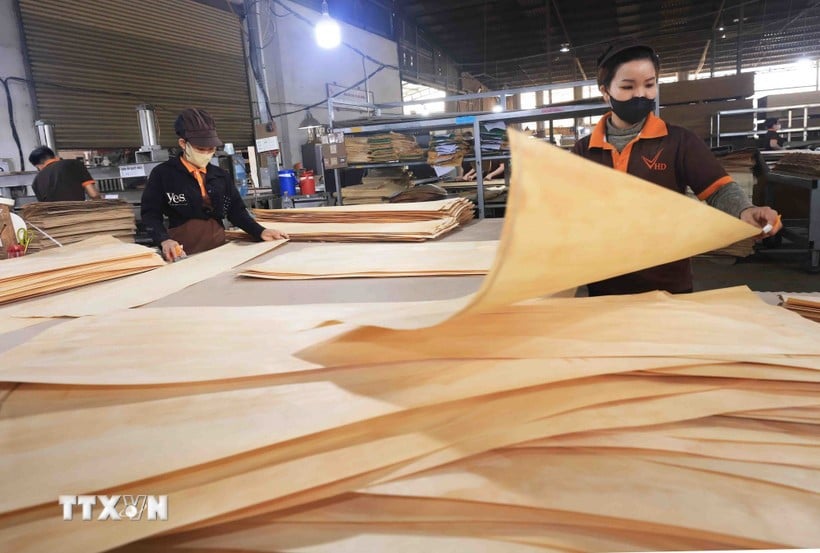
Workers at a wooden furniture export enterprise. (Source: VNA)
In early August, the United States officially announced a reciprocal tariff schedule applicable to most trading partners, with many significant adjustments compared to the initial announcement in April.
Accordingly, the tax rate for goods originating from Vietnam will decrease from 46% to 20%, while transit goods from Vietnam will be taxed at 40%.
This new development has somewhat reduced the burden on the business community but also requires urgent improvement of internal capacity and increased supply chain autonomy for Vietnam's export industries.
Some industries "breathe easy"
Vietnam is an open economy , its growth depends on the export of goods with many groups of goods having export turnover of tens of billions of USD such as textiles, footwear, seafood, wooden products and furniture...
In particular, the United States is a key export market that has been effectively exploited by businesses in recent years.
Therefore, changes in US trade policy directly impact Vietnam's production and export activities in particular and economic growth in general.
The 20% tax rate for goods originating from Vietnam is also considered by the wood industry community as a positive step in the trade negotiation process between Vietnam and the United States.
Mr. Nguyen Chanh Phuong, Vice President of the Ho Chi Minh City Handicraft and Wood Processing Association, said that by the end of June 2025, the United States accounted for the largest proportion, up to 56% of the total export turnover of wooden furniture and wood products of Vietnam.
Despite the fluctuations in reciprocal tariffs, the United States remained among the markets with good export growth, with an increase of 11.6%.
Commenting on the 20% reciprocal tax rate, Mr. Nguyen Chanh Phuong said that the Vietnamese wood industry has more opportunities than challenges.
This view is reinforced based on the tax rate correlation with other wooden furniture exporting countries in the region; accordingly, Vietnam has a significantly lower tax rate than China and only 1% higher than Malaysia and Indonesia.
“Wood processing and exporting enterprises can be completely calm because the Vietnamese wood industry has many outstanding advantages in terms of raw materials, production costs and labor skills.
Thanks to its strong internal strength, the wood industry has maintained a stable number of orders since the US applied a minimum tax of 10%. Businesses have also proactively negotiated with customers on a plan to share costs arising from the new tax policy according to the 1/3 formula (producers, importers and consumers each bear 1/3 of the increased costs) to balance interests and maintain long-term cooperative relationships," Mr. Nguyen Chanh Phuong informed.
Mr. Dinh Hong Ky, Chairman of the Board of Directors of Secoin Joint Stock Company, Chairman of the Ho Chi Minh City Association of Construction and Building Materials Enterprises (SACA), commented that although the 20% tax rate on goods originating from Vietnam has not met expectations, this is still an optimistic signal compared to the initially announced tax rate.
Particularly for the construction materials industry, the number of enterprises exporting to the United States is not large, but enterprises like Secoin are almost entirely dependent on this market, accounting for 90% of export output.
With a 20% reciprocal tax rate, businesses are still trying to manage, but their competitiveness will decrease; businesses' ability to access the US market is limited.
According to Mr. Dinh Hong Ky, the United States has been a key export market for many consumer goods such as textiles, footwear, wooden furniture, seafood, etc. and is also a potential market for the construction materials industry.
Therefore, businesses hope that the Government and ministries will continue to negotiate on a sector-by-sector and product-by-product basis; seek opportunities to reduce reciprocal tax rates for products of pure Vietnamese origin to create better competitive advantages.
Many intertwined challenges
Although the reciprocal tax rate has decreased significantly compared to the initial announcement, 20% is still a big challenge for industries with low profit margins and fierce competition such as textiles, seafood, etc.
Accordingly, the 20% reciprocal tax rate of the United States is considered a cumulative "burden" for the seafood industry in the context of recent unstable growth.
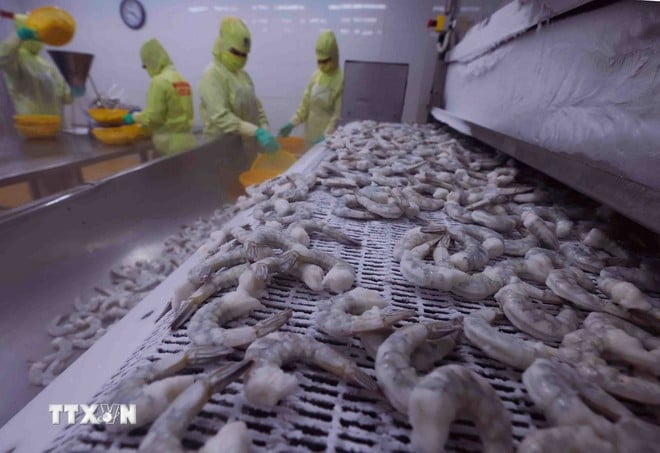
Ms. Tran Thi Que Phuong, Deputy General Secretary of the Vietnam Association of Seafood Exporters and Producers, said that the United States used to be the number one market for Vietnam's shrimp exports, but recently it has declined significantly due to the impact of trade barriers.
Before applying the 20% reciprocal tax, in June 2025, the US Department of Commerce announced an unexpectedly high anti-dumping tax of more than 35% on many Vietnamese shrimp exporting enterprises. In addition, there will be an anti-subsidy tax expected to be announced later this year.
Comparing the reciprocal tax rates, Vietnamese shrimp has an advantage over India (25% tax) but will find it difficult to compete with Ecuador (15% tax). The cost of producing Vietnamese seafood, especially shrimp, is already higher than other countries, and the fact that it has to pay “tax on tax” makes seafood businesses even more worried. Seafood export growth is forecast to decline in the coming months.
Textiles and garments are one of the three industries with the largest export turnover to the United States, after computers - electronic products and machinery - spare parts.
This is also an industry with a large number of workers, about 3 million workers, accounting for 25% of the labor force in the industrial production sector in Vietnam.
Mr. Nguyen Xuan Linh, Operations Director of SCAVI Group, shared that following the negotiation process between the two countries and based on the supply chain relationship, from the perspective of a textile and garment enterprise, we expect a lower tax rate.
Because the Vietnamese textile industry does not compete directly with domestic production in the United States, a 20% tax rate is not too bad when put in the context of most countries having to pay equivalent or higher taxes, but it will increase the general cost level, product prices, and weaken market purchasing power.
This requires businesses in the supply chain from raw materials, textiles to trade to work together to find solutions to optimize costs and minimize price increases for consumers.
According to Mr. Nguyen Xuan Linh, if only considering taxes, Vietnam has an advantage over China, India and equivalently Bangladesh, which are strong and direct competitors.
In theory, Vietnam could benefit from shifting orders from countries with higher tariffs.
However, to exploit this order, Vietnam must also meet the requirements of supply chain transparency and rules of origin to avoid transit tax.
In fact, there are many types of textile and garment materials and Vietnam has only been able to localize about 50-60%.
Vietnam has advantages to attract investment and is encouraging investment in factories producing raw materials for the textile and garment industry to increase the localization rate and ensure rules of origin.
However, to build and put into stable operation a raw material factory requires at least 2-3 years and that is a challenging time for businesses./.
Source: https://baolangson.vn/thue-doi-ung-20-giai-quyet-bai-toan-canh-tranh-xuat-khau-5055305.html



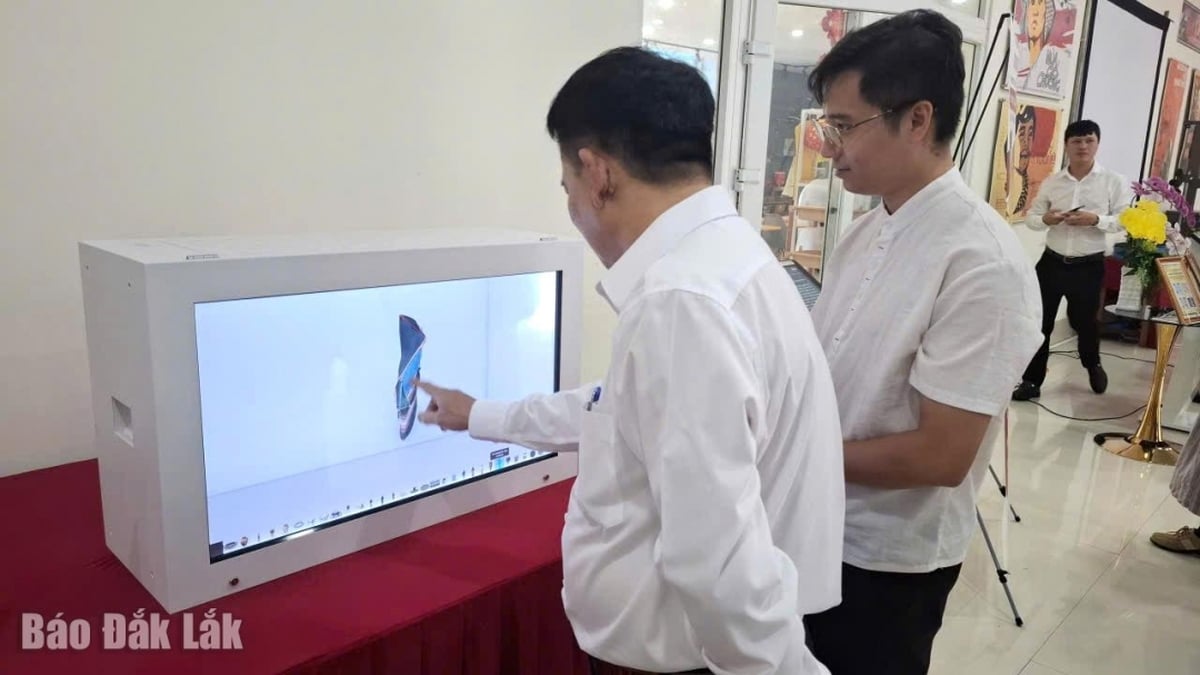

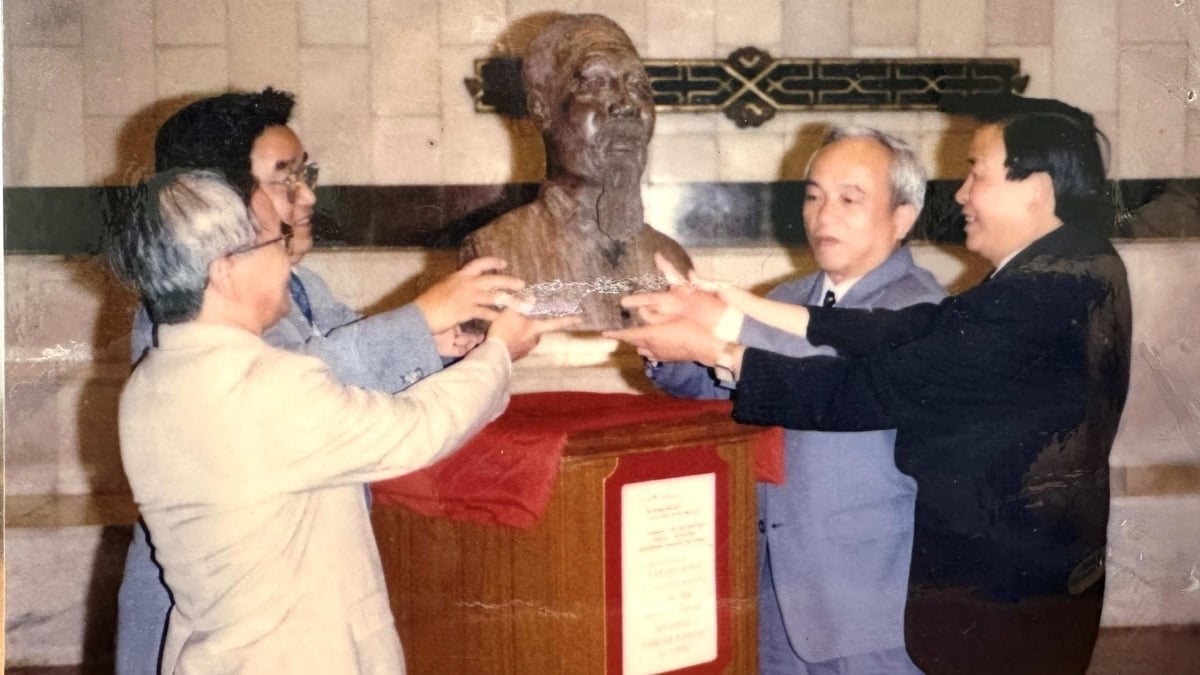


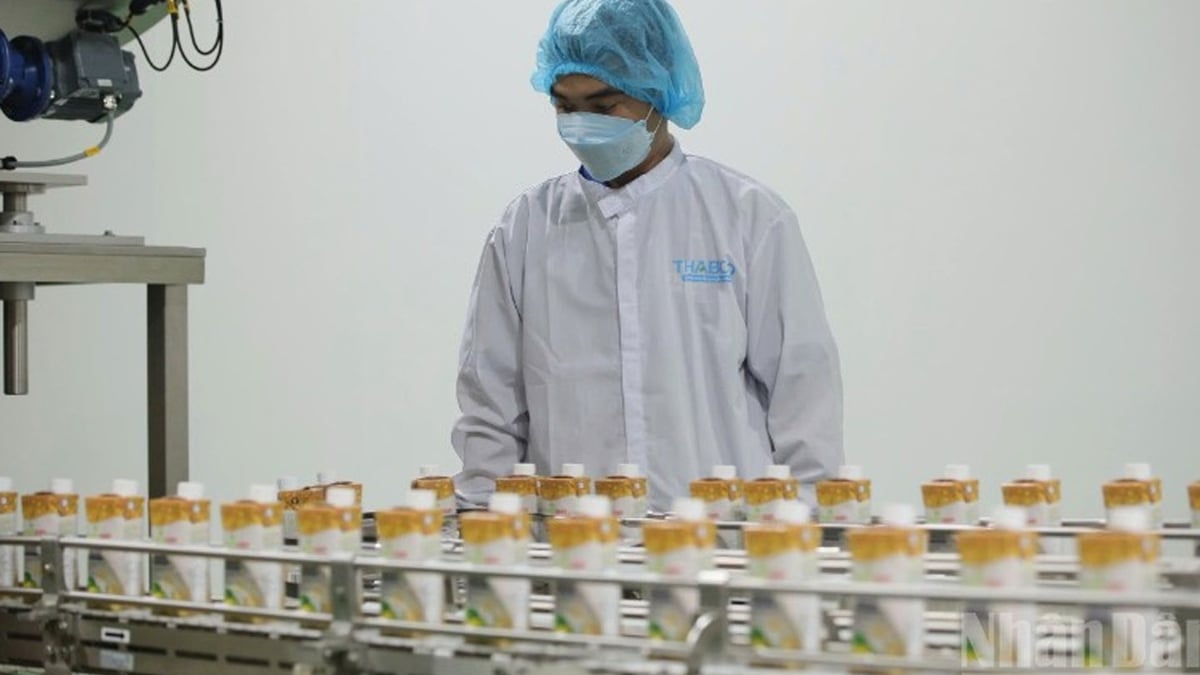

















![[Photo] Nghe An: Provincial Road 543D seriously eroded due to floods](https://vphoto.vietnam.vn/thumb/1200x675/vietnam/resource/IMAGE/2025/8/5/5759d3837c26428799f6d929fa274493)

![[Photo] Discover the "wonder" under the sea of Gia Lai](https://vphoto.vietnam.vn/thumb/1200x675/vietnam/resource/IMAGE/2025/8/6/befd4a58bb1245419e86ebe353525f97)






























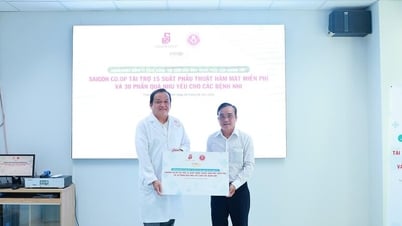



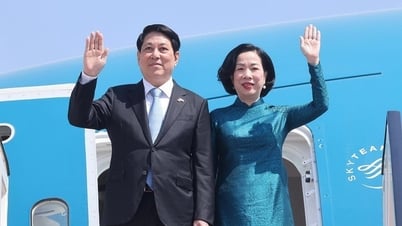








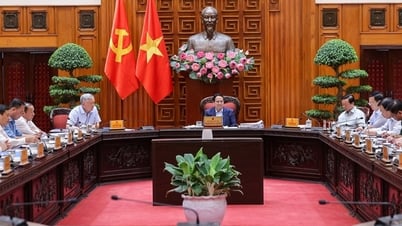
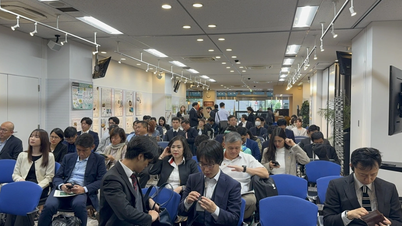
























Comment (0)